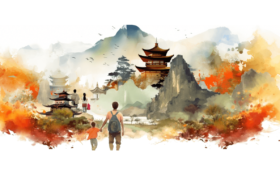Exploring Asia’s diverse and vibrant landscapes can be an enriching experience for families. However, ensuring the safety of your children while navigating different cultures and environments is paramount. This guide provides essential travel safety tips for families journeying with children across this vast continent. From understanding local customs to preparing for various climates, we cover all you need to know to make your Asian adventure memorable and secure. Embark on your journey confidently, armed with our comprehensive travel safety tips for families with children.
General Safety Preparations for Traveling to Asia

Importance of Comprehensive Travel Insurance
Coverage for All Scenarios: Ensure that your travel insurance covers many situations, including medical emergencies, trip cancellations, lost luggage, and emergency evacuations. This is especially important in Asia, where healthcare facilities may vary in quality, and unexpected travel changes are common.
Family-Specific Policies: Look for policies that cater specifically to families. Some plans offer discounts for children or cover family-specific scenarios like travel interruptions due to a child’s illness.
Local Healthcare Understanding: Healthcare standards can differ significantly across Asia. Comprehensive insurance ensures access to the best available care, regardless of your location.
Cultural Awareness: Preparing Kids for Cultural Differences
Pre-Trip Learning: Introduce your children to the cultures of the countries you visit. This can include simple language lessons, understanding local customs, and discussing cultural etiquette.
Respect for Traditions: Teach your children to respect local traditions and practices. This might mean dressing modestly in certain places or learning how to greet people appropriately.
Food and Dietary Practices: Prepare your children for different cuisines, discussing both the excitement of trying new foods and the importance of being cautious with street food or unfamiliar ingredients.
By focusing on these areas, you can ensure a safer and more enriching travel experience for your family in Asia.
Destination-Specific Tips
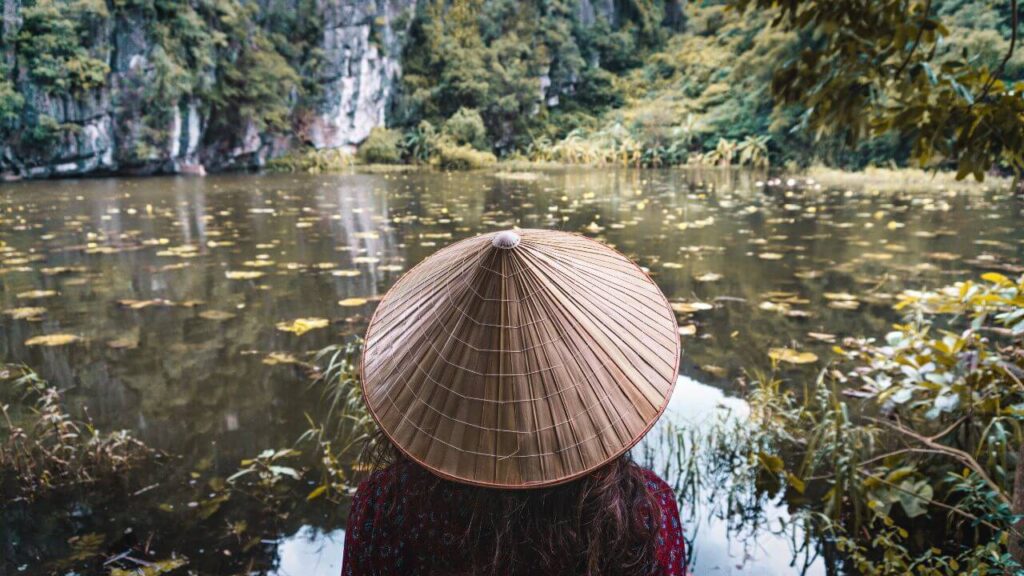
Southeast Asia (e.g., Thailand, Vietnam)
Heat and Humidity Management
Stay Hydrated: With high temperatures and humidity, it’s crucial to keep your children well-hydrated.
Appropriate Clothing: Dress in light, breathable fabrics to stay cool and comfortable.
Schedule Breaks: Plan indoor or shaded activities during the hottest parts of the day.
Mosquito Protection
Use Repellent: Apply mosquito repellent regularly, especially in the evenings.
Protective Clothing: Long sleeves and pants can help prevent bites.
Sleeping Arrangements: Use mosquito nets if sleeping in open-air or rural accommodations.
Additional Tips
Beach and Water Safety: Supervise children closely near water and be aware of local marine life and currents.
Transport Safety: Use reputable transportation companies and ensure children are seated safely in vehicles.

East Asia (e.g., Japan, South Korea, China)
Urban Safety in Crowded Places
Stay Together: Keep your children close in crowded areas to prevent them from getting lost.
Identify Meeting Points: Designate meeting points in case anyone gets separated.
Road Safety
Crossing Streets: Teach your children to be cautious when crossing streets, especially in areas with heavy traffic and different driving patterns.
Additional Tips
Cultural Etiquette: Educate your children about local customs and public behavior norms.
Emergency Preparedness: Familiarize yourself with local emergency procedures and contacts.
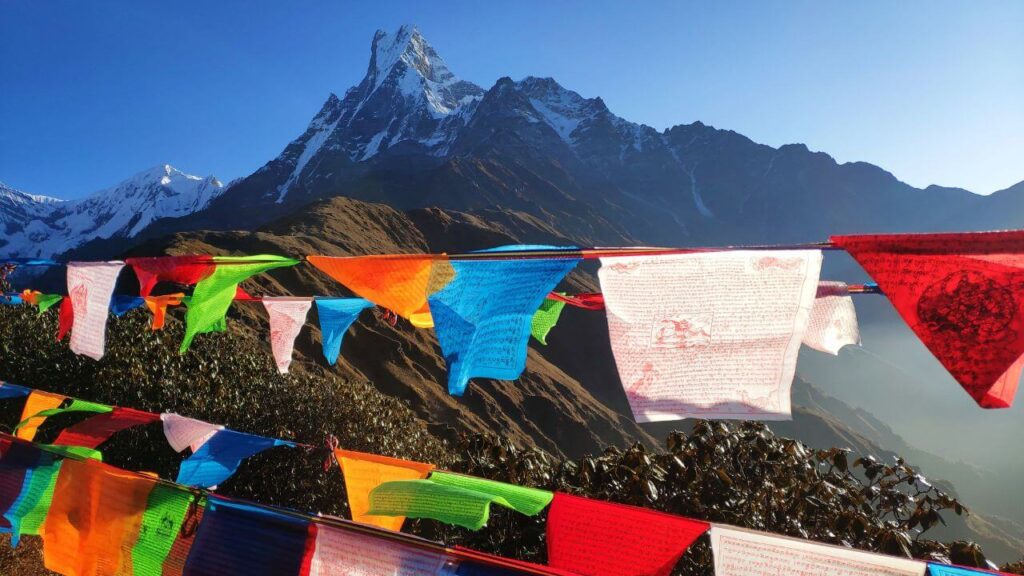
The Himalayas (e.g., Bhutan, Northern India)
Altitude Precautions
Acclimatization: Take time to acclimatize to high altitudes, especially with children.
Monitor for Altitude Sickness: Be aware of the symptoms and seek medical advice if necessary.
Outdoor Safety
Dress in Layers: Weather can change rapidly; dressing in layers helps adjust to varying conditions.
Hiking Safety: Stick to established trails and consider hiring local guides for more challenging routes.

Island Destinations (e.g., Indonesia, Philippines)
Water Safety
Supervise Swimming: Always supervise children while swimming, even in seemingly safe areas.
Be Aware of Marine Life: Educate children about respecting marine life and avoiding touching coral or animals.
Transportation on Islands
Sea and Air Travel: Be prepared for a small boat or plane travel between islands, which may have different safety standards.
South Asia (e.g., India, Nepal)
Food and Water Precautions
Safe Drinking Water: Stick to bottled or purified water to avoid waterborne illnesses.
Eating Out: Choose reputable restaurants and avoid street food to reduce the risk of food poisoning.
Health Precautions
Vaccinations: Ensure all necessary vaccinations are up to date before traveling.
Disease Awareness: Be aware of common health issues in the region and how to prevent them.
Additional Tips
Heat Management: Similar to Southeast Asia, managing heat and staying hydrated is crucial.
Cultural Sensitivity: Respect local customs, especially in religious sites and rural areas.

Central Asia (e.g., Kazakhstan, Uzbekistan)
Climate Adaptation
Dress for the Weather: Central Asia can have extreme temperatures, both hot and cold. Dress children appropriately for the season.
Hydration in Dry Climates: Ensure children drink enough water, especially in arid regions.
Cultural Insights
Language Barrier: Basic local phrases or a translation app can be helpful, as English is less commonly spoken.
Cultural Respect: Teach children about local customs, especially in historically significant places.

The Middle East (e.g., United Arab Emirates, Jordan)
Dealing with Heat
Avoid Peak Sun Hours: Plan indoor or shaded activities during midday when the heat is intense.
Appropriate Clothing: Light, airy, and modest clothing is recommended for both comfort and cultural respect.
Cultural Awareness
Understanding Local Norms: Discuss with children about respecting local traditions, dress codes, and etiquette.
Enjoying Local Cuisine Safely: Introduce children gradually to local foods, being mindful of spice levels and new ingredients.
By incorporating these destination-specific tips, parents can enhance their family’s travel experience across various regions in Asia, ensuring safety, cultural respect, and enjoyment.
Safety While Exploring
Visiting Popular Tourist Destinations
Research in Advance: Learn about the destination’s child-friendliness, facilities available, and any safety concerns. Plan visits during less crowded times to avoid overwhelming children.
Safety in Historical or Cultural Sites: Keep children informed about respecting the site and not touching artifacts. Use child harnesses or hand-holding in areas with large crowds or near potential hazards.
Outdoor Activities

Beach Safety in Coastal Regions: Always supervise children near water, even if they are strong swimmers. Be aware of local beach safety flags and signs indicating swimming conditions.
Hiking Safety in Mountainous Areas: Choose age-appropriate and well-marked trails. Equip children with proper gear, including sturdy shoes, hats, and sunscreen. And educate about wildlife safety and staying on the path.
Handling Crowds
Busy Tourist Spots: Use identifiable clothing or accessories for your children to spot them easily in crowds. Establish a meeting point in case anyone gets separated.
Teaching Children Safety Habits: Teach children to identify safe people, like police or staff, in case they get lost. Consider using child ID bracelets with contact information.
Additional Exploration Tips
Visiting Theme Parks and Amusement Centers: Review park maps to locate essential services like first aid stations. Discuss a plan with older children about what to do if they get lost.
Wildlife Encounters: In areas with wildlife, maintain a safe distance and avoid feeding animals. Choose reputable and ethical wildlife encounter experiences, ensuring they are safe for children.
Culinary Adventures: Introduce new foods gradually and be aware of potential allergies. Carry snacks and water, especially for picky eaters or in remote areas.
Local Festivals and Events: Experience local culture by attending family-friendly festivals, but be mindful of large crowds and noise levels. Ensure children understand and respect local customs and practices at these events.
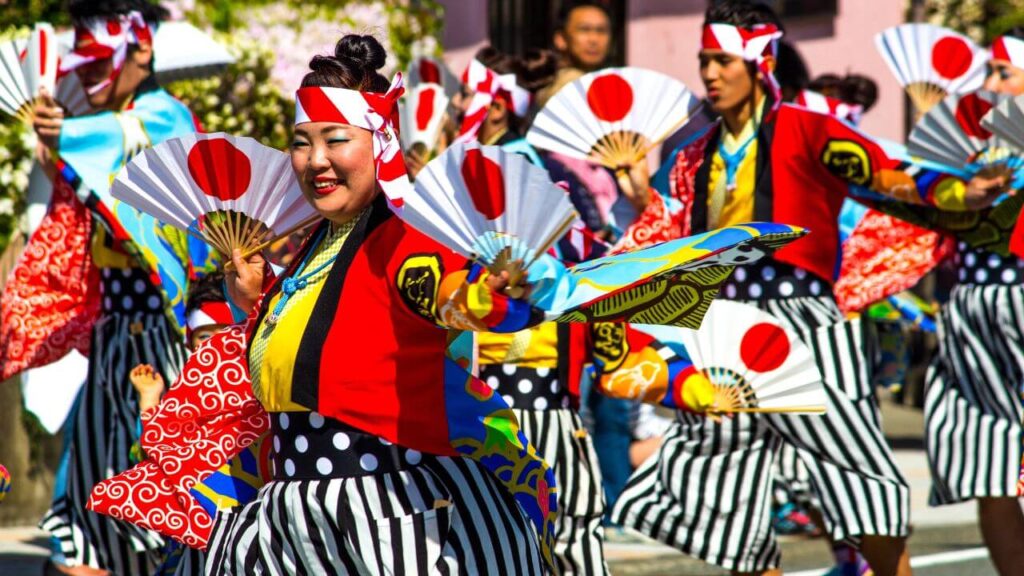
Health and Medical Preparedness- as important travel safety tips for families with children
Necessary Vaccinations for Specific Asian Regions
Consult a Travel Clinic: Before your trip, visit a travel clinic or your family doctor to discuss necessary vaccinations for your destination. Vaccinations may vary based on country and regions within countries, so be specific about your travel itinerary.
Common Vaccinations
- Hepatitis A and B: Commonly recommended for most Asian countries due to the risk of contaminated food and water.
- Typhoid Fever: Often advised for travel to South and Southeast Asia.
- Japanese Encephalitis: Considered for certain rural areas or during specific times of the year, particularly in Southeast Asia.
- Rabies: For destinations with a high risk of rabies, especially if traveling with children who might interact with animals.
First-Aid Kit Essentials Tailored to the Asian Environment
General Supplies: Band-aids, antiseptic wipes, gauze, and tape. Pain relievers and fever reducers, such as acetaminophen or ibuprofen, are suitable for both adults and children.
Environment-Specific Items: Insect repellent and after-bite treatment for mosquito-prone areas. Sunscreen and after-sun lotion for tropical climates. Anti-diarrhea medication and rehydration salts given the risk of traveler’s diarrhea in many parts of Asia.
Allergy Medications: Antihistamines for unexpected allergic reactions, particularly if you’re trying new foods. Identifying and Accessing Healthcare Services in Different Countries
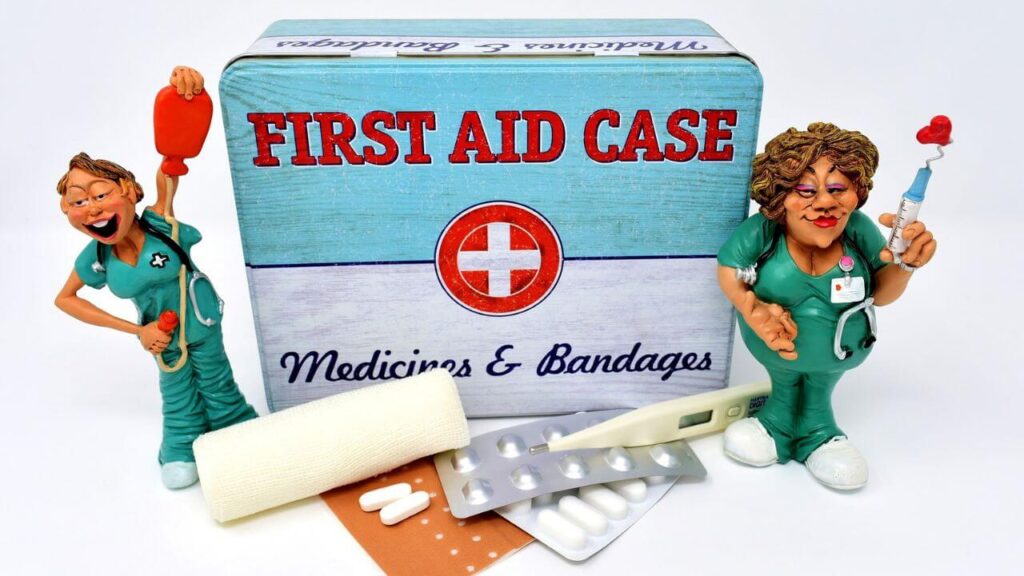
Research Before You Go: Look up major hospitals and clinics in the areas you will be visiting. Note the locations and contact information for easy access during your trip.
Travel Insurance: Ensure that your travel insurance includes medical coverage. Some policies offer assistance services that can help you find local healthcare providers.
Language Barriers: Consider carrying a translated list of common medical terms or a translation app on your phone in countries where English is not widely spoken.
By addressing these key health and medical preparedness aspects, you can ensure a safer and more relaxed travel experience with your family in Asia.
Packing Essentials Tips
Climate-Appropriate Clothing
Light and Breathable Fabrics: Ideal for the hot and humid conditions common in many parts of Asia.
Layering Options: For regions with variable temperatures or cooler evenings.
Rain Gear: A lightweight raincoat or umbrella, especially during monsoon seasons.
Sun Protection Gear
Hats: Broad-brimmed hats for effective sun protection.
Sunglasses: UV-protection sunglasses to shield eyes from harsh sunlight.
Sunscreen: High SPF sunscreen, water-resistant if possible, to protect against sunburn.

Insect Repellent for Tropical Areas
Effective Repellent: Choose repellents with DEET or Picaridin, especially in mosquito-prone regions.
Clothing Treatments: Consider treating clothes with permethrin for added protection.
Packaging these essentials ensures your family’s comfort and safety, allowing you to enjoy your Asian adventure fully.
Transportation Safety
Child Seats and Safety Regulations in Different Asian Countries
Research Local Laws: Child seat laws can vary significantly in Asia. Check the regulations for each country you plan to visit.
Consider Bringing Your Own: If you’re unsure about the availability and quality of child seats, consider bringing a portable child seat.
Navigating Public Transportation with Children
Plan Ahead: Familiarize yourself with routes and schedules to avoid confusion and long waits.
Stay Close: Keep children close by at all times, especially in crowded buses or trains.
Off-Peak Travel: If possible, travel during off-peak hours to avoid crowded conditions.
Tips for Long-Haul Flights with Kids to and from Asia
Entertainment: Pack enough toys, books, and electronic devices to entertain your children.
Comfort Items: Bring along a favorite blanket or pillow to help your child sleep better.
Snacks and Hydration: Carry snacks and encourage regular fluid intake to stay hydrated.
Frequent Breaks: Take regular walks down the aisle with your child to reduce restlessness.
Accommodation Considerations
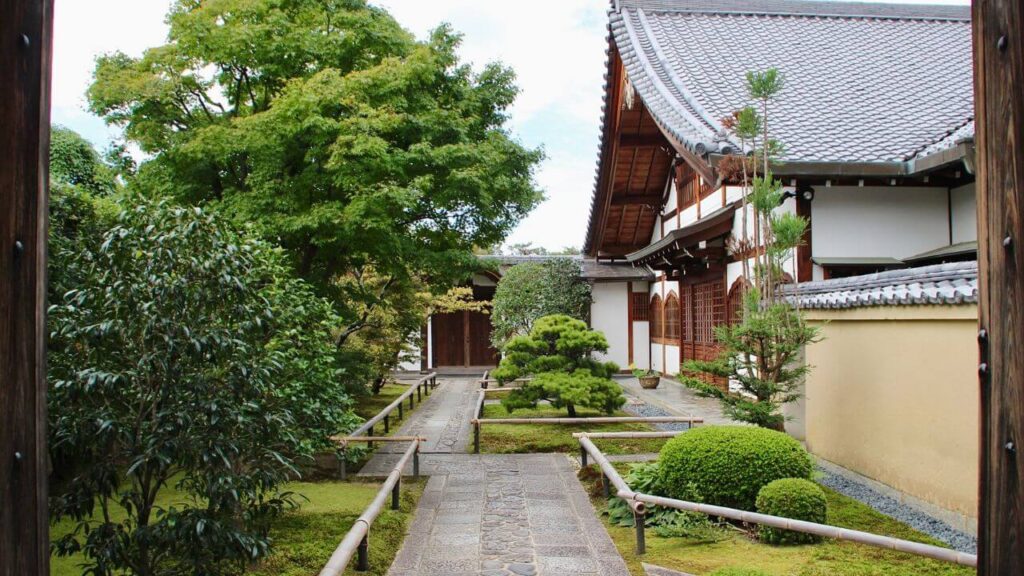
Selecting Child-Friendly and Safe Accommodations
Research Amenities: Look for hotels or guesthouses that offer family-friendly amenities like cribs, kids’ clubs, or child-friendly pools.
Read Reviews: Check online reviews from other families to gauge the accommodation’s suitability for children.
Location: Choose accommodations in safer areas, close to medical facilities, and convenient for sightseeing with children.
Room Safety Checks Specific to Asia
Window and Balcony Safety: Ensure that windows and balconies have secure locks and are childproof, especially if you’re staying in a high-rise building.
Electrical Safety: Check for exposed wiring or unsafe electrical outlets, which can be more common in some Asian accommodations.
General Room Hazards: Look out for sharp corners, loose rugs, or small objects that could pose choking hazards for younger children.
Insect Protection: If staying in tropical areas, ensure rooms adequately protect against mosquitoes, such as screens or nets.
By paying attention to these accommodation considerations, you can ensure a safer and more relaxed stay for your family while exploring Asia. We have a complete guide for Child-Friendly Accommodation in Asia. It can help you to find your perfect stay in Asia with your family.
Lost Child Protocols in a Foreign Country
Prevention: Teach your child to stay where they are if they realize they’re lost and to look for a safe adult, like a police officer or a family with children, for help.
Identification: Ensure your child always carries identification and your contact information.
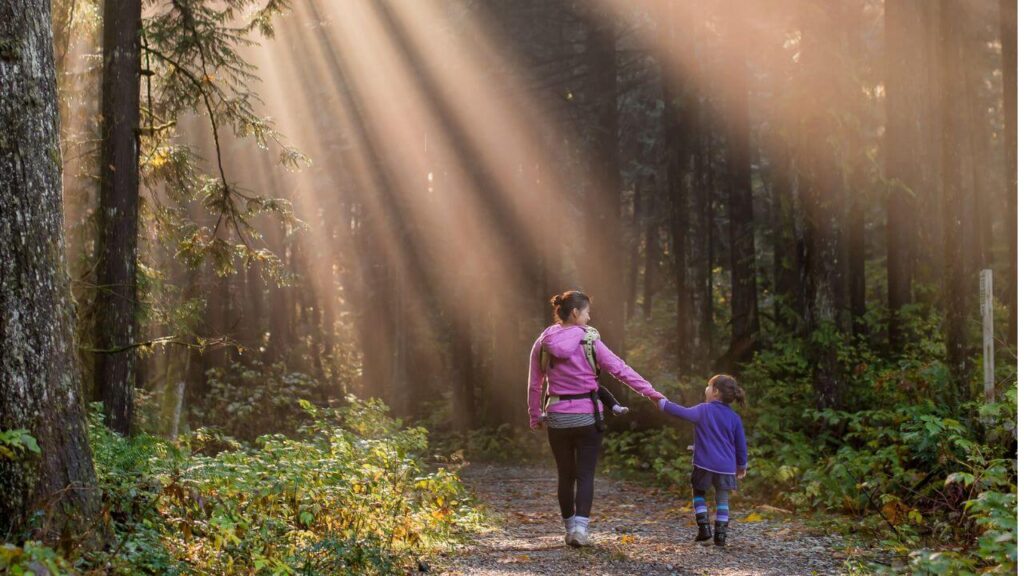
Action Plan: If your child does get lost, immediately inform local authorities and the place where you’re staying. Please provide them with a recent photo of your child.
Handling Medical Emergencies
Local Hospital Information: Before traveling, research the locations of reputable hospitals or clinics in your destinations.
In popular destinations like Bangkok, Tokyo, or Bali, international hospitals are usually well-equipped and have English-speaking staff.
Basic First Aid Knowledge: Basic first aid knowledge can be vital in managing minor injuries or until professional medical help is available.
Consider taking a basic first aid course before your trip, focusing on common travel-related issues.
Emergency Contacts and Local Embassy Information
Emergency Numbers: Familiarize yourself with the local emergency numbers for police, ambulance, and fire services.

In many Asian countries, emergency numbers vary; for instance, in India, the emergency number is 112, while in Japan, it’s 110 for police and 119 for ambulance and fire.
Embassy or Consulate Contacts: Keep the contact details of your country’s embassy or consulate handy. They can be crucial in emergencies, especially in legal or medical situations.
Embassies can also provide advice and assistance in case of lost passports or other travel-related issues.
Traveling in Asia with children can be a profoundly rewarding experience, offering rich cultural exposure and memorable adventures. With these Travel Safety Tips for Families with Children, you, as a parent, can significantly enhance the safety and enjoyment of your family’s journey by taking proactive steps in health and medical preparedness, transportation safety, accommodation considerations, and emergency protocols. Effective planning and awareness are key to navigating Asia’s diverse landscapes, ensuring an enjoyable and secure trip for the entire family. Embrace the wonders of Asia with confidence, knowing you are well-prepared for a safe and enriching travel experience.



